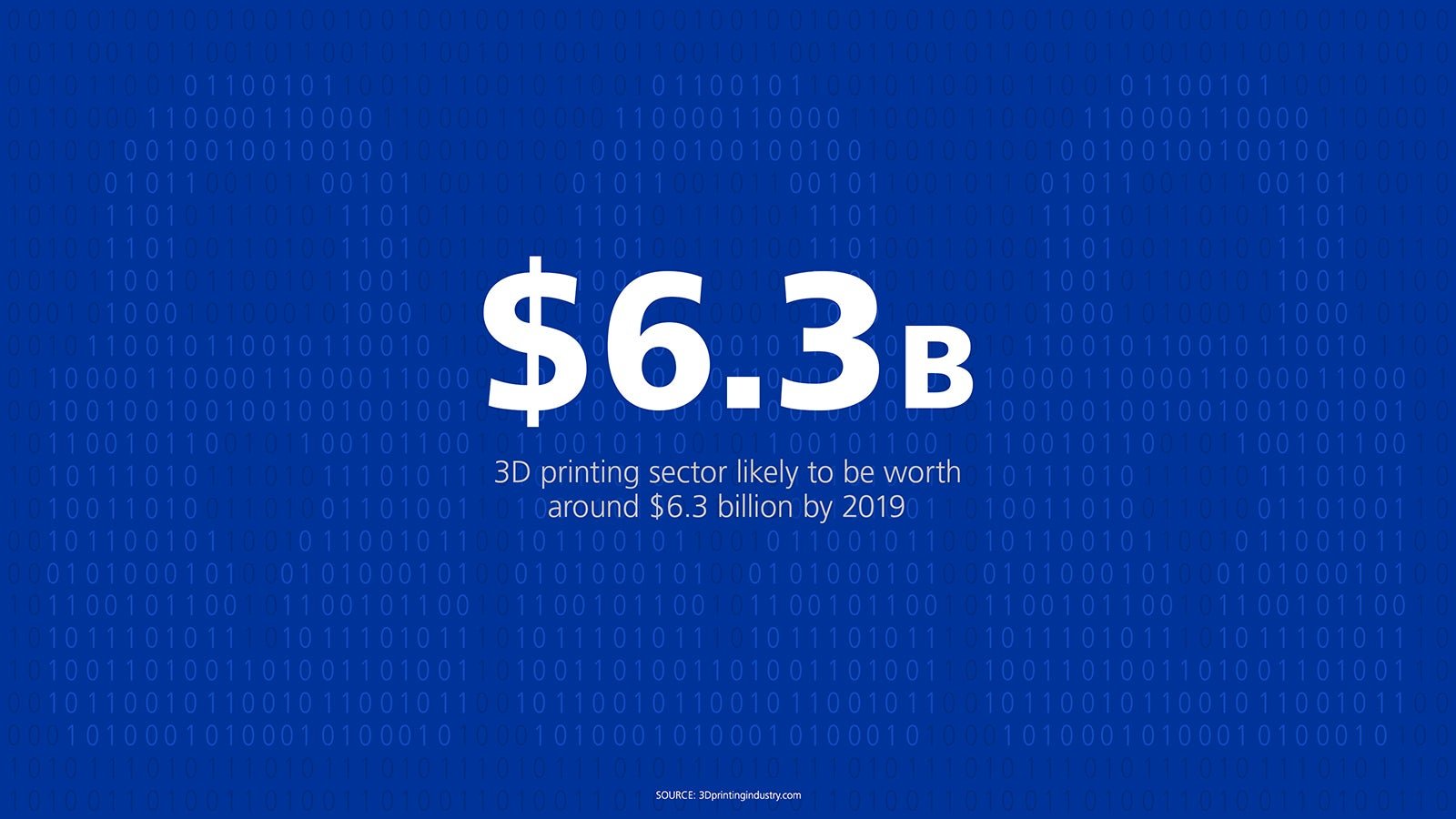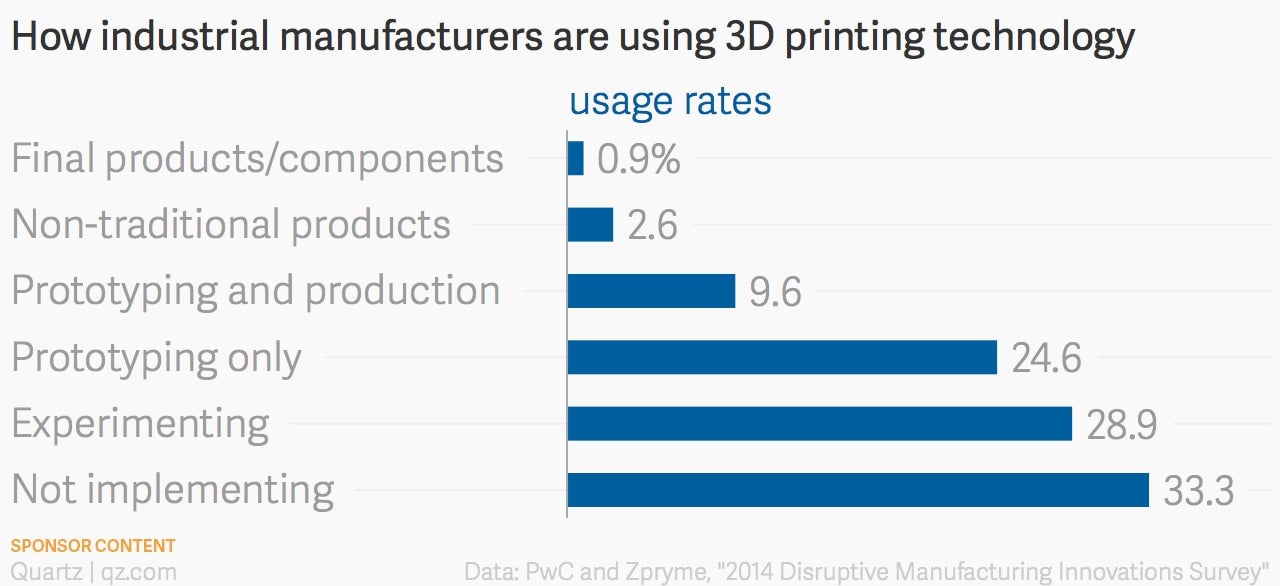You know the benefits of 3D printing technology–here are the risks
You know that a new technology is revolutionary when its implements are interplanetary. So it is with 3D printing, which gives NASA new definitions of space-age technology and visions of building colonies on Mars just as it inspires new ways to steal credit card information.


You know that a new technology is revolutionary when its implements are interplanetary. So it is with 3D printing, which gives NASA new definitions of space-age technology and visions of building colonies on Mars just as it inspires new ways to steal credit card information.
As the 3D-printed future’s taken shape, brilliant minds are expanding the technology’s possibilities, leading to developments of potentially life-saving materials alongside the illicit ones–counterfeit products, drugs, chemical weapons, and objects like the sensationally reported guns as well. Regulators and lawmakers face the difficult task of trying to track the creation of illicit products–through detection of their chemical composition–and hold responsible those who create problems. The challenges are materializing quickly as well given the industry explosion.

Yet the most eye-raising security risks are those that are bubbling up from the underground. Unfortunately, the networked and highly adaptable technology spurring this manufacturing boom is also a tempting mark for hackers and counterfeiters. In addition to co-opting machines to make contraband, more nefarious cybercrooks might introduce a flaw into a 3D-printed part for an airplane, military vehicle, or some other prominent sabotage target that stays secret until it’s too late.
As technological miracles like 3D-printed tissues and organs multiply, so will the risks. The industry is not only growing rapidly, it’s increasingly taking hold among large corporate and institutional players rather than small consumer and early-stage operations. The potential for enterprise-level mischief may attract even more attacks.
Security measures such as nanocrystals and microdots can be added to manufactured materials to differentiate them from impostors, just like with paper money, but they may not stay ahead of the criminal curve for long. Fighting the most destructive possibilities will require the printing technology itself to be secure as well as the system that delivers the digital “recipes” for the 3D objects.
Just as with any connected device, 3D printers are vulnerable to denial of service, spam/phishing, and other low-tech attacks–not to mention exploitation of simple passwords or poor physical security wherever the equipment is stored. As is so often the case, the most heralded advances in technology can be laid low by age-old IT errors.
In September, the Department of Commerce released a draft report (PDF) detailing these risks and more complicated threats to modern replication devices. The lack of encryption and access controls on everything from internal networks to the Wi-Fi setup can open devices up to evil intent. Printer manufacturers and operators must implement everything from regular monitoring to automatic shutdowns to help shield each machine.

The industry is impressive and its risks are real, but it’s important to remember how much both will evolve in a field that is still extremely new. The future will be in 3D, though we don’t yet know its final form. But with both optimism and guardedness in good measure, we have the material to make it worthwhile.
For more information on the risks of 3D printing, click here.
This article was produced on behalf of Zurich by the Quartz marketing team and not by the Quartz editorial staff. Zurich neither endorses nor rejects the recommendations of the discussion presented. Further, the comments contained in this newsletter are for general distribution and cannot apply to any single set of specific circumstances. If you have a legal issue to which you believe this article relates, we urge you to consult your own legal counsel. Quartz is not a subsidiary or affiliate of Zurich.